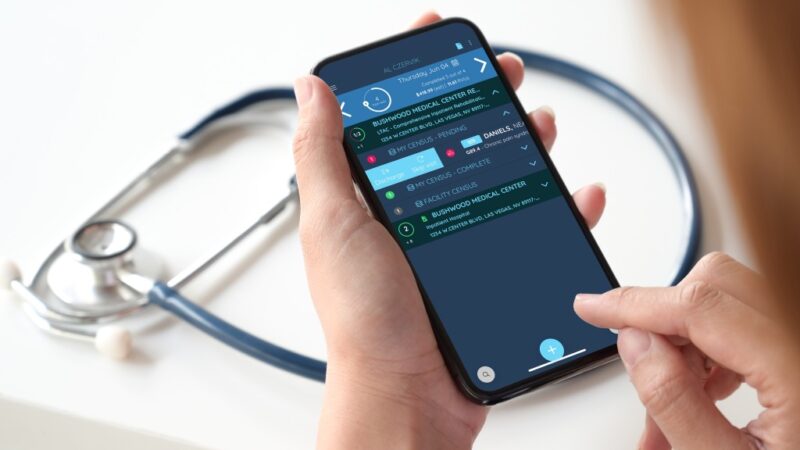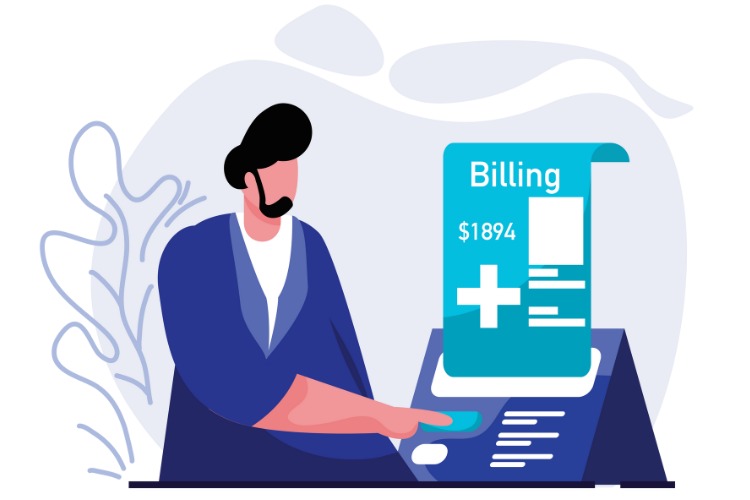Ever wondered how much time doctors lose to paperwork? Studies show that physicians spend nearly 16 hours a week on administrative tasks—time that could be used for patient care. Medical billing is one of the main culprits, and without the right systems in place, it’s easy to feel buried under the weight of it all. But with the right strategies, you can reclaim your time and keep the revenue flowing without the stress.
Key Points:
- Accurate charge capture ensures no revenue is lost.
- Automation can simplify repetitive processes.
- Outsourcing can be a cost-effective solution.
- Compliance is critical for avoiding penalties.
- Data analytics help optimize decision-making.
Accurate Charge Capture Keeps Your Revenue Intact

A lot of money slips through the cracks when charge capture isn’t efficient. Picture this: You’ve just had a long day, scribbled some notes about patient treatments, and stuffed them into your pocket, hoping to log them later. By the time “later” comes around, half the details are forgotten, and your practice misses out on revenue.
Mobile charge capture allows physicians to log charges on their smartphones as they go. No more misplaced notes or missed procedures—everything is tracked in real time. It’s like having a digital assistant who never forgets. Studies show that practices using mobile charge capture see improved revenue accuracy by up to 15%.
Automation Takes Repetition Out of the Equation
You didn’t spend years in medical school to manually process claims or track down unpaid bills. Automation tools are designed to do the heavy lifting, leaving you free to focus on patient care.
For example:
- Claims Submission Software: Automates the submission process, reducing errors that cause denials.
- Reminder Systems: Automatically follow up on unpaid claims or patient payments.
- Patient Portals: Let patients update their information and make payments, saving you time.
Automation doesn’t just save time—it reduces the frustration of juggling endless administrative tasks. According to the AMA, practices using automated billing processes see faster reimbursements and fewer errors, leading to a healthier bottom line.
Outsourcing: The Shortcut to Administrative Relief

Managing every aspect of billing in-house can feel overwhelming, especially for small practices. Outsourcing is a game-changer for those who want to reduce their workload without sacrificing accuracy or compliance.
Professional billing services specialize in navigating the complex world of codes, claims, and reimbursements. They ensure compliance with ever-changing regulations while staying on top of denied claims. By outsourcing, you can focus on patients while leaving the paperwork to experts.
Key benefits of outsourcing:
- Reduced claim denial rates.
- Fewer compliance headaches.
- Streamlined workflows and consistent cash flow.
A study in Healthcare Financial Management found that practices outsourcing billing see a 20% decrease in claim denials and a significant improvement in cash flow management.
Compliance Saves Time and Money
Staying compliant with regulations might feel like a headache, but the costs of non-compliance are far worse. Changing laws, like ICD code updates or HIPAA rules, make it challenging to keep up. Ignoring compliance could lead to audits, fines, or even legal troubles.
How to stay ahead:
- Use software that automatically updates codes.
- Provide your team with regular training.
- Conduct internal audits every quarter to spot and fix errors early.
Think of compliance as your practice’s safety net—one that protects your revenue from falling into the penalty trap.
Build a Workflow That Works for You

A messy workflow leads to missed steps, errors, and frustration. If you’ve ever found yourself chasing after unpaid claims or struggling to track patient information, it’s time to rethink your processes.
Start by defining each step clearly:
- Charge Capture: Use tools like mobile charge capture to record charges in real time.
- Verification: Double-check patient and insurance information before submitting claims.
- Claim Submission: Automate this step wherever possible to avoid delays.
- Follow-Up: Have a system in place for tracking and pursuing unpaid claims.
Think of your workflow as a well-oiled machine. Each step feeds smoothly into the next, minimizing bottlenecks and maximizing efficiency.
Data Analytics: The Unsung Hero of Revenue Management
Data isn’t just for tech companies. Analytics can transform how you handle revenue. By analyzing your billing trends, you can identify what’s working, what’s not, and how to improve.
What analytics can reveal:
- Common reasons for claim denials.
- Average reimbursement timelines.
- Patterns in patient payments or insurance rejections.
Use these insights to adjust your strategy. For instance, if data shows frequent denials for a specific error, you can train your staff to fix the issue before submission.
Don’t Let Denied Claims Pile Up
Denied claims are inevitable, but leaving them unresolved is a costly mistake. Think of them like dishes in the sink—the longer you wait, the harder they are to deal with.
Tips for managing denials effectively:
- Act Fast: Address denials as soon as they occur.
- Analyze Trends: Identify why claims are being denied.
- Appeal Strategically: Focus on high-value claims that are worth pursuing.
Resolve denials promptly to avoid revenue losses. Regular audits can help you spot patterns and prevent future issues.
Train Your Team for Success
Your staff plays a critical role in managing revenue. Even with the best tools, a poorly trained team can cause chaos. Invest in regular training sessions to keep everyone on the same page.
Training priorities:
- Staying updated on billing codes and compliance rules.
- Learning how to use software tools effectively.
- Understanding the importance of accurate data entry.
A knowledgeable team doesn’t just prevent mistakes—it keeps your practice running smoothly.
Patient Communication Makes a Difference

Clear communication with patients isn’t just good practice—it can directly impact your revenue. Patients who understand their bills are more likely to pay promptly, reducing your need for follow-ups.
How to improve communication:
- Provide clear, simple billing statements.
- Offer multiple payment options, including online portals.
- Explain charges to patients before they leave your office.
Patients appreciate transparency, and it goes a long way in building trust while improving collections.
Set Boundaries for Administrative Tasks
It’s easy to let administrative tasks take over your schedule, but setting boundaries is essential. Dedicate specific times for handling billing, responding to emails, or following up on claims.
For example:
- Block off one hour a day for administrative work.
- Use the rest of your day for patient care and other priorities.
- Delegate tasks to trusted staff whenever possible.
By creating a clear separation, you’ll stay productive without burning out.
Conclusion
Managing billing efficiently isn’t just about saving time—it’s about creating a sustainable, thriving practice. Tools like mobile charge capture, automation, and outsourcing can transform your workflow, while analytics and compliance ensure you stay ahead of the curve.
By investing in training, streamlining processes, and prioritizing patient communication, you’ll reduce stress and boost revenue. The key is to work smarter, not harder. Take charge of your processes today and watch how your practice thrives.
Related Posts:
- How to Manage College Life Like a Pro ─ Study & Time…
- Seasonal Pond Care - Essential Tips for Year-Round…
- Essential Pond Maintenance Tips for a Healthy Ecosystem
- How Do I Prolong My SD Card Life? Essential Tips and Tricks
- FDA Medical Device Recalls and What You Should Be Aware of
- What Evidence Do Medical Malpractice Lawyers Need to Win?








